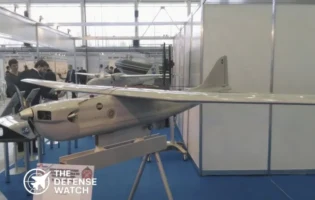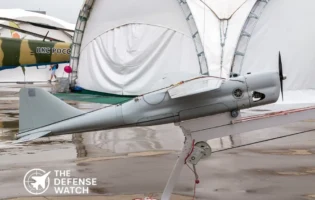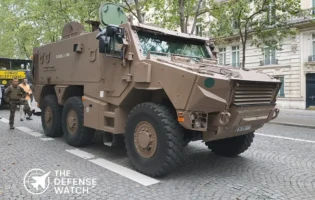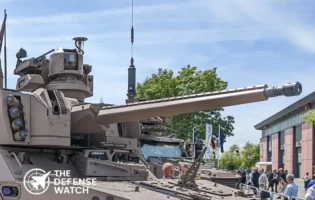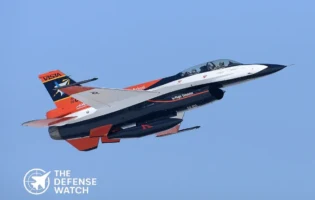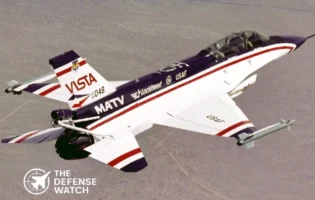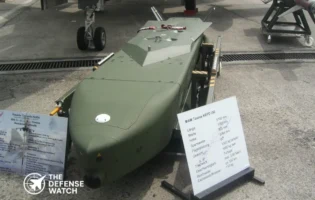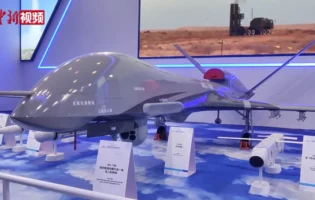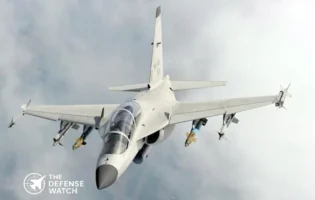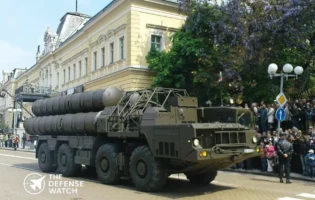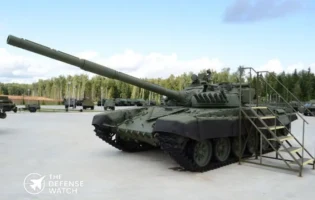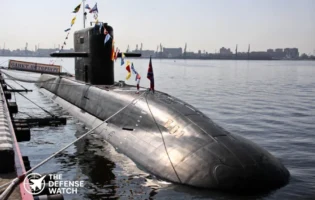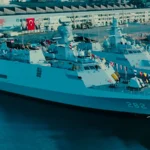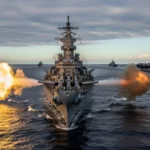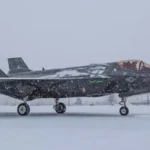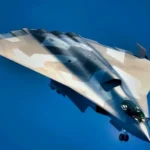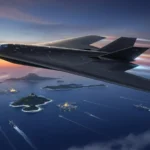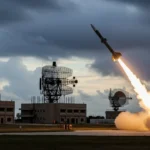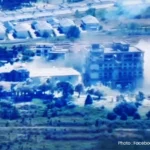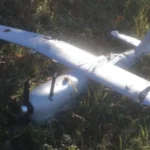- Home
- Catalog
- Fighter Jets
- F/A-18E/F Super Hornet Fighter Jet
F/A-18E/F Super Hornet Fighter Jet
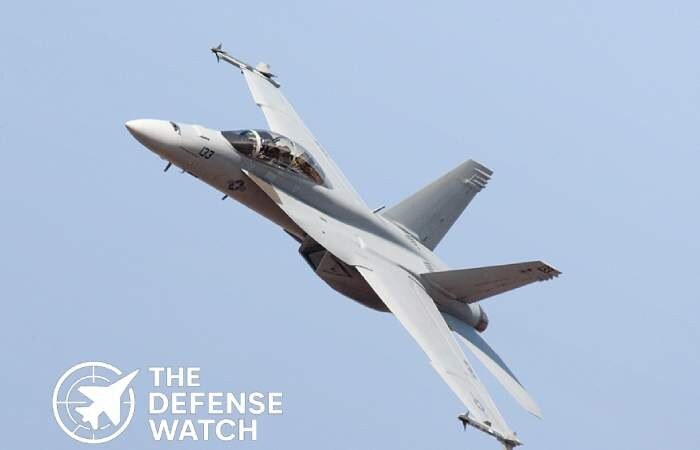







Full Specifications
General Information
| Name | F/A-18E/F Super Hornet |
| Manufacturer | Boeing Defense, Space & Security |
| Country of Origin | United States |
| Type / Role | Carrier-based Multirole Fighter |
| Generation | 4.5th |
| Status | In active service |
| First Flight | November 29, 1995 |
| Introduction / In Service Since | 1999 |
| Number Built | Over 600 units |
| Operators | U.S. Navy, Royal Australian Air Force |
Dimensions & Structure
| Length | 60.3 ft (18.5 m) |
| Wingspan | 44.9 ft (13.6 m) |
| Height | 16 ft (4.9 m) |
| Wing Area | 500 sq ft (46.5 m²) |
| Empty Weight | 32,081 lb (14,552 kg) |
| Maximum Takeoff Weight (MTOW) | 66,000 lb (29,937 kg) |
| Internal Weapons Bay | None |
| External Hardpoints | 11 |
Performance
| Maximum Speed | Mach 1.8 |
| Range | 1,275 nm (2,346 km) |
| Combat Radius | 390 nm (722 km) |
| Service Ceiling | 50,000 ft (15,240 m) |
| Rate of Climb | 44,882 ft/min |
| Thrust-to-Weight Ratio | 0.93 |
| G Limits | +7.5 / -3.0 |
Powerplant
| Engine Type | Afterburning Turbofan |
| No. of Engines | 2 |
| Thrust (each) | 22,000 lbf |
| Thrust Vectoring | No |
| Fuel Capacity | 14,400 lb (internal) |
Armament
| Gun | 1× M61A2 20mm Vulcan |
| Missiles (Air-to-Air) | AIM-9X, AIM-120 AMRAAM |
| Missiles (Air-to-Ground) | AGM-84 Harpoon, AGM-88 HARM |
| Bombs | JDAM, Paveway, Mk 83/84 |
| Hardpoints | 11 |
| Payload Capacity | 9,920 kg (21,900 lb) |
Avionics & Systems
| Radar | AN/APG-79 AESA |
| Radar Range | 150+ km |
| Electronic Warfare (EW) System | AN/ALQ-214 IDECM |
| Targeting System | ATFLIR pod |
| Helmet Display | JHMCS |
| Navigation | GPS/INS |
| Autopilot / AI Assistance | Advanced Flight Control System |
| Communication | Secure data link, Link 16 |
Stealth & Technology
| Radar Cross Section (RCS) | Reduced (~1 m² class) |
| Stealth Features | Radar-absorbent materials, shaping |
| Infrared Signature Reduction | Moderate |
| Sensor Fusion | Partial |
| Networking Capabilities | NIFC-CA compatible |
Variants
| Special Export Versions | Australia (F/A-18F) |
Operational History
| Major Conflicts / Deployments | Iraq, Afghanistan, Syria, Libya |
| Notable Operators | U.S. Navy, Australia |
| Combat Proven? | Yes |
| Mission Types | Air superiority, strike, SEAD, maritime patrol |
Cost & Program
| Unit Cost | ~$70–80 million (Block III) |
| Development Cost | ~$5 billion |
| Program Name | F/A-18E/F Super Hornet Program |
| Funding Countries | United States, Australia |
Additional Information
| Upgrades Planned | Block III digital cockpit, network enhancements |
| Future Replacement | F/A-XX (Next Generation Air Dominance) |
| Export Restrictions | U.S. ITAR-controlled |
| Notable Achievements | Over two decades of carrier dominance |
| Competitors | Rafale M, F-35C, MiG-29K |
PROS
- Proven, carrier-capable multirole platform
- AESA radar and advanced EW suite
- High payload and mission flexibility
- Excellent reliability and maintainability
- Block III upgrade enhances longevity
CONS
- Less stealthy than fifth-generation fighters
- High operating costs per flight hour
- Limited supercruise capability
- Aging airframe design
- Dependent on carrier infrastructure
F/A-18E/F Super Hornet Fighter Jet – The U.S. Navy’s Carrier Powerhouse
Developed by Boeing Defense, Space & Security, the F/A-18E/F Super Hornet represents the backbone of U.S. Navy carrier aviation. Evolving from the legacy F/A-18C/D Hornet, the Super Hornet was designed for greater range, payload, survivability, and multirole flexibility. Entering service in 1999, it remains the Navy’s workhorse for air superiority, strike missions, and maritime interdiction.
The Super Hornet comes in two primary variants: the single-seat F/A-18E and the two-seat F/A-18F. Both are powered by two General Electric F414-GE-400 turbofan engines, enabling a top speed of Mach 1.8 and a combat radius exceeding 390 nautical miles. Its expanded airframe, increased internal fuel capacity, and 11 external hardpoints allow it to carry a 9,920 kg (21,900 lb) payload of missiles, bombs, and sensors.
Equipped with the AN/APG-79 Active Electronically Scanned Array (AESA) radar, Joint Helmet-Mounted Cueing System (JHMCS), and advanced electronic warfare suites, the Super Hornet ensures exceptional situational awareness and networked combat performance. It supports a wide arsenal, including AIM-9X, AIM-120 AMRAAM, Harpoon, and JDAM weapons.
The aircraft’s robust airframe is optimized for carrier operations, featuring folding wings, reinforced landing gear, and advanced arrestor systems. It has seen extensive combat use in Iraq, Afghanistan, Syria, and ongoing maritime patrols across the Indo-Pacific.
The latest Block III upgrade enhances survivability and lethality with reduced radar signature, conformal fuel tanks, new cockpit displays, and open mission systems architecture — extending its service life well into the 2040s.
Reviews
Disclaimer Note
The information provided on TheDefenseWatch.com is for general informational purposes only. While we strive to ensure the accuracy, completeness, and timeliness of our content regarding defense and aerospace products, technologies, and specifications, we cannot guarantee that all information is 100% accurate or up-to-date due to the evolving nature of military technology and classified data. TheDefenseWatch.com does not warrant the reliability, suitability, or availability of the information for any specific purpose. Users are advised to consult official sources, such as manufacturers, government publications, or defense agencies, for precise and verified data before making decisions based on our content. We are not affiliated with any defense manufacturers, governments, or military organizations mentioned. Opinions, reviews, and ratings reflect expert analysis but are subjective and should not be considered endorsements. TheDefenseWatch.com is not responsible for any errors, omissions, or consequences arising from the use of this website’s content. External links are provided for convenience and do not imply endorsement. TheDefenseWatch.com reserves the right to update or modify content without prior notice. By using this website, you agree to our Privacy & Cookies Policy.







